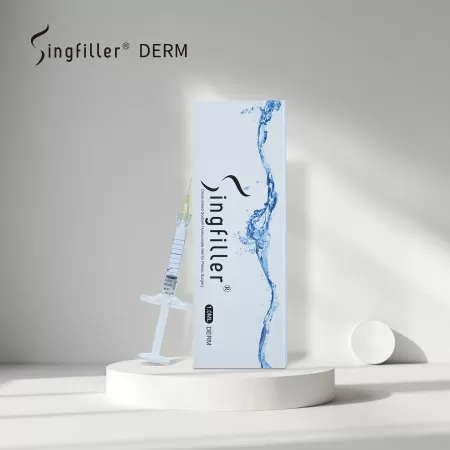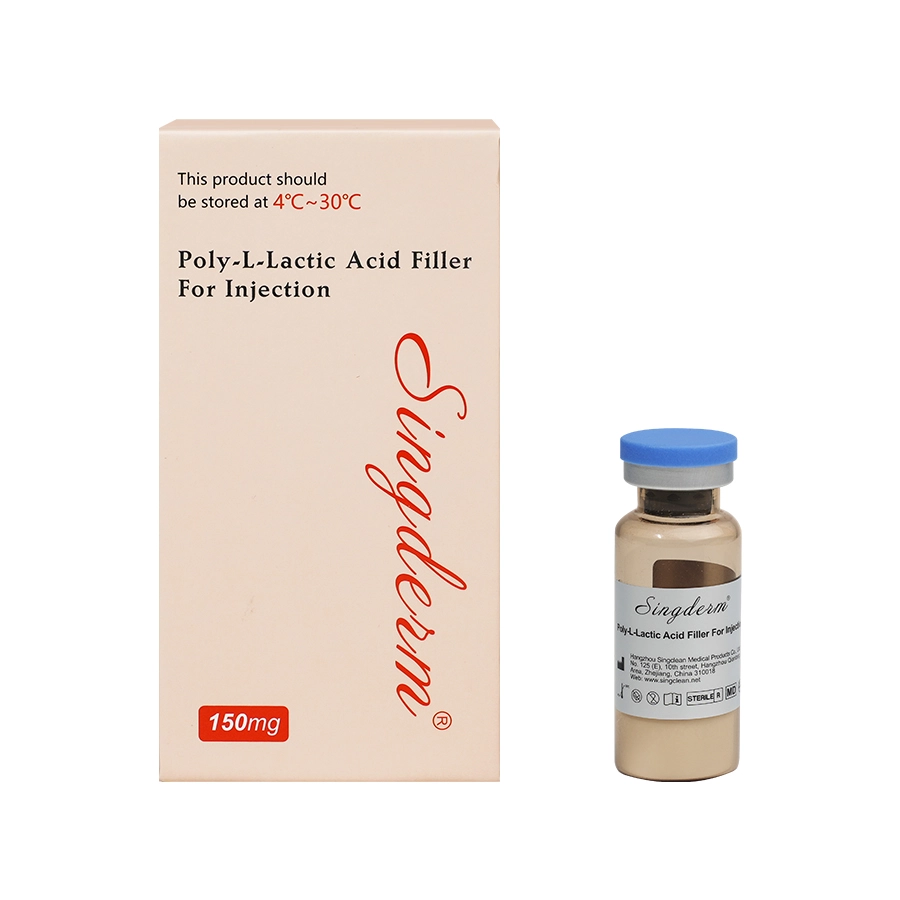As the medical aesthetic technology continues to develop, skin boosters have gradually evolved from traditional filler injections. Initially, hyaluronic acid fillers were primarily used to increase skin volume, but they have gradually transitioned to diverse applications aimed at improving the condition of the dermis. Hyaluronic acid fillers, such as Restylane Vital, have been redefined to utilize their unique properties to deliver hyaluronic acid directly to the dermis, effectively combating skin aging and wrinkle formation. In this way, derma skin boosters not only enhance the appearance of the skin but also effectively improve the intrinsic quality of the skin.
The core function of derma skin boosters is to slow down the aging process of the skin by improving its structure and function. As people age, natural skin aging manifests as a reduction in the number of epidermal and dermal cells, loss of collagen and elastin, and a decrease in glycosaminoglycans. Additionally, with the increase of reactive oxygen species, the skin's antioxidant capacity weakens, melanocytes are activated, leading to pigmentation and uneven skin tone. derma skin boosters improve these aging processes by enhancing and reinforcing the extracellular matrix and can effectively regulate pigmentation, inflammatory responses, and vascular dilation, thus improving the overall health and appearance of the skin.
Although the specific definition of "skin boosters" is still evolving, the term has been widely applied to various treatments in the medical aesthetic field. These treatments typically involve the injection of different components to improve skin quality, increase hydration, and promote collagen synthesis, among other benefits. Below are some common types of skin boosters.
Hyaluronic Acid (HA)
Hyaluronic acid (HA) is one of the most widely used skin boosters on the market. Naturally present in the dermis, it has strong hydrating and moisturizing properties. Hyaluronic acid not only maintains skin hydration but also stimulates the secretion of growth factors in skin connective tissue, helping to improve skin elasticity and firmness. Different types of hyaluronic acid fillers, such as Restylane Vital, have varying particle sizes and degrees of cross-linking, providing different levels of injection comfort and results. Hyaluronic acid HA filler can effectively improve fine lines, wrinkles, and skin laxity issues.

PLLA (Poly-L-Lactic Acid) and PDLA (Poly-D-Lactic Acid)
PLLA and PDLA are biodegradable synthetic materials widely used in skin booster treatments. Unlike hyaluronic acid, PLLA and PDLA do not provide immediate volume but stimulate collagen synthesis within the skin, thereby enhancing skin structure and elasticity. These types of skin boosters provide deep stimulation, which helps to increase skin thickness and elasticity, making the skin appear firmer and smoother. The effects of injectable Poly-L-Lactic acid and PDLA typically take some time to become noticeable but last longer, making them suitable for patients seeking long-term results.

Platelet-Rich Plasma (PRP)
Platelet-Rich Plasma (PRP) is a treatment derived from autologous blood. It involves extracting the patient's blood, concentrating the platelets, and injecting them back into the skin. PRP contains a rich array of growth factors, chemokines, and cytokines that promote skin repair and regeneration. PRP is widely used to improve skin aging, enhance skin elasticity, and promote wound healing. Since PRP is entirely derived from the patient's own blood, it has almost no risk of immune rejection, making it a safe and effective choice for a skin booster.
Exosomes
In recent years, Exosomes and Secretomes have garnered attention in the field of dermatology and aesthetics. Exosomes are tiny vesicles secreted by cells that can carry growth factors, proteins, and genetic material directly to target cells, promoting tissue repair and regeneration. As a skin booster, exosomes can effectively improve the biological function and structure of the skin by promoting cell repair and regeneration, thus enhancing the texture and appearance of the skin.
The injection of skin boosters usually involves using needles or applying mechanical pressure to introduce active ingredients into the skin tissue. Studies show that the mechanical stimulation generated during the injection process can impact fibroblasts in the skin, potentially enhancing their activity and thereby boosting collagen synthesis. This mechanical effect is an important component of the treatment efficacy of skin boosters.
With technological advancements, the application of derma skin boosters has expanded beyond mere filling to deep skin repair and regeneration. These treatments can effectively slow down the skin aging process and improve issues like wrinkles, laxity, and pigmentation. As the types of derma skin boosters on the market become increasingly diverse, consumers can choose the most suitable treatment method based on their individual needs to achieve ideal aesthetic results.
 Call us on:
Call us on:  Email Us:
Email Us:  No. 125(E), 10th Street, Hangzhou Qiantang Area, Zhejiang, China
No. 125(E), 10th Street, Hangzhou Qiantang Area, Zhejiang, China